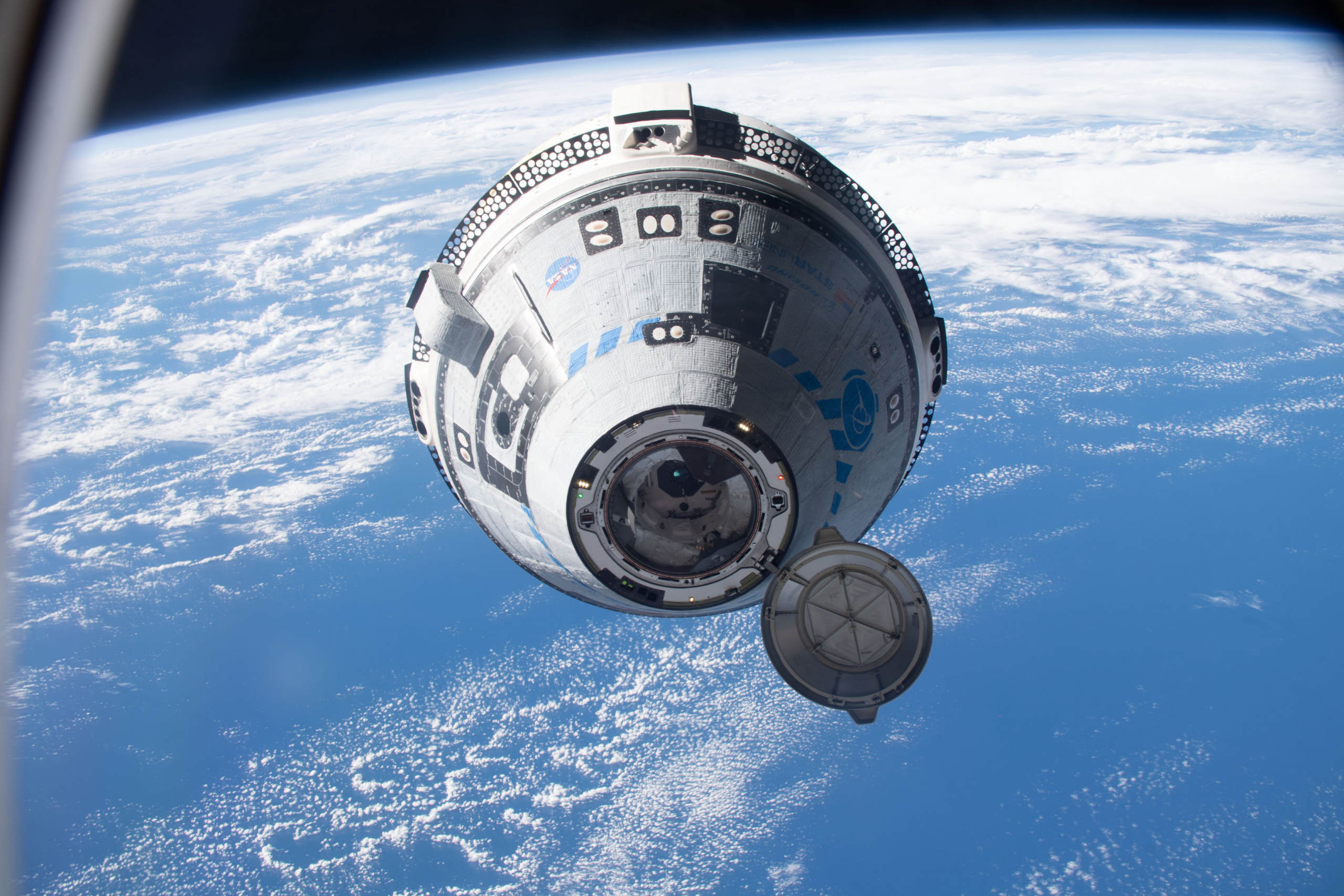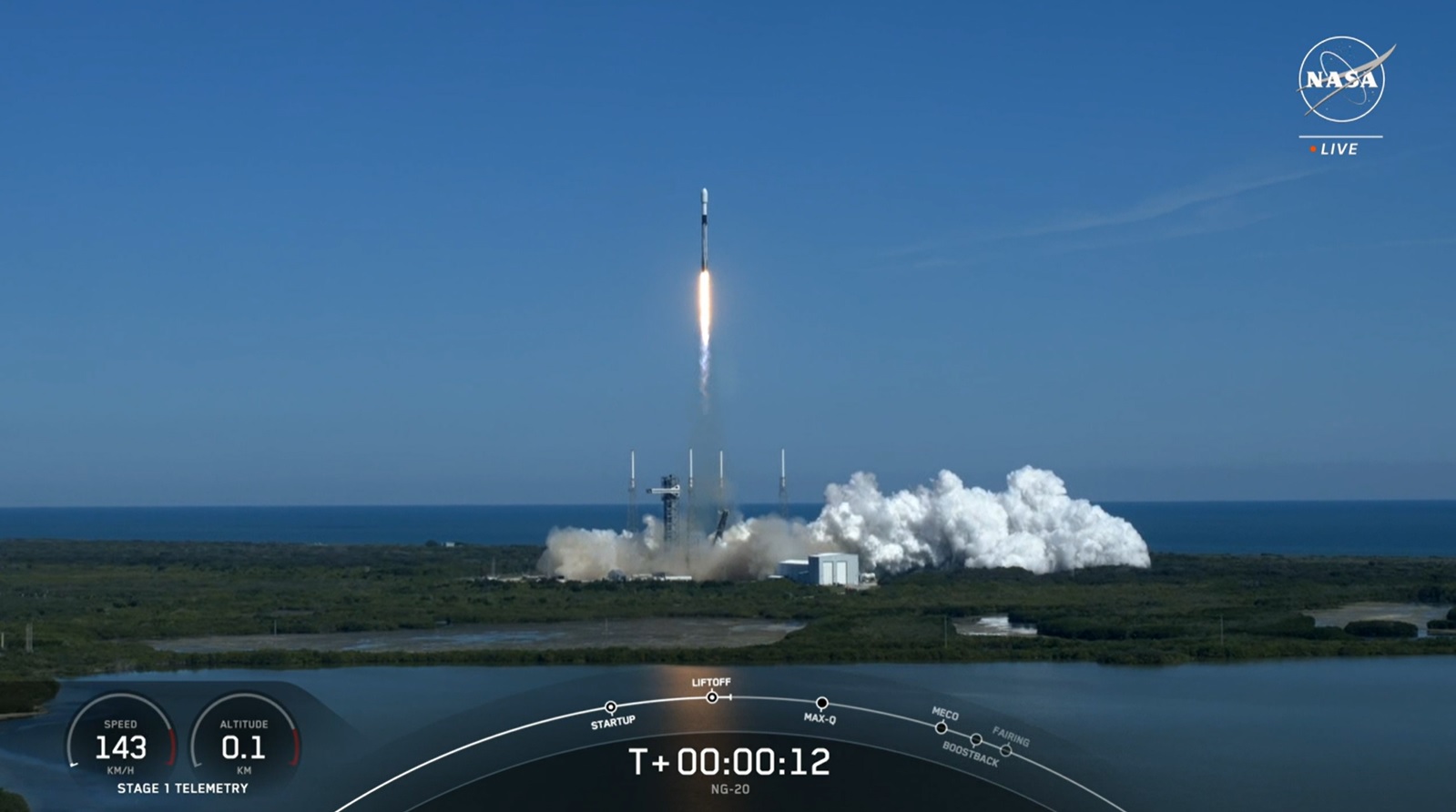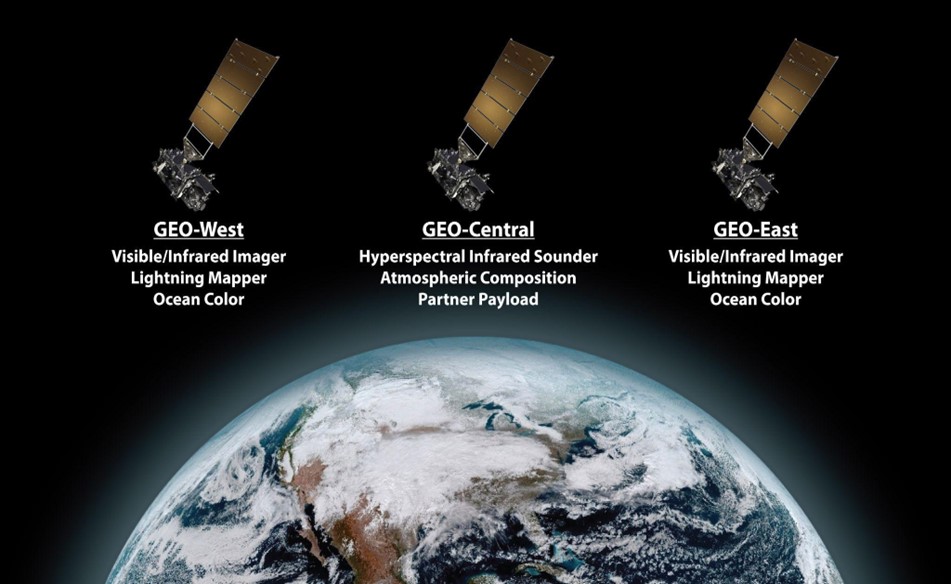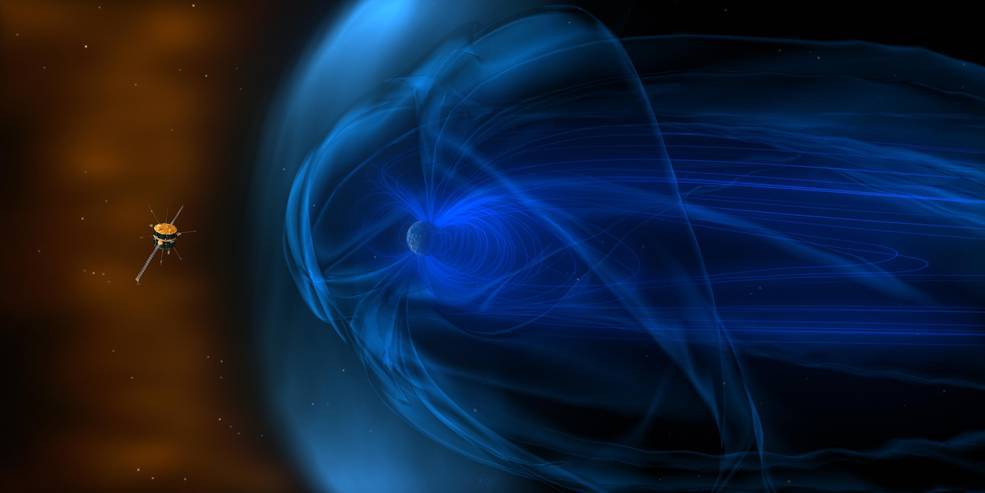According to Lynn Wilson, who is the Wind project scientist at NASA’s Goddard Space Flight Center in Greenbelt, Maryland, fuel is only one indicator of Wind’s life expectancy, however. “Based on fuel alone, Wind can continue flying until 2074,” he said. “On the other hand, its ability to return data hinges on the last surviving digital tape recorder onboard.”
Related Posts

NASA Invites Media to First Astronaut Launch Aboard Boeing’s Starliner
As part of NASA’s Commercial Crew Program, the agency opened media accreditation for the launch of NASA’s Boeing Crew Flight…

NASA Science, Hardware on Northrop Grumman Mission En Route to Station
NASA science investigations and cargo aboard a Northrop Grumman resupply spacecraft are on the way to the International Space Station.…

NASA Selects Lockheed Martin to Build Next-Gen Spacecraft for NOAA
NASA, on behalf of the National Oceanic and Atmospheric Administration (NOAA), has selected Lockheed Martin Corp. of Littleton, Colorado, to…
